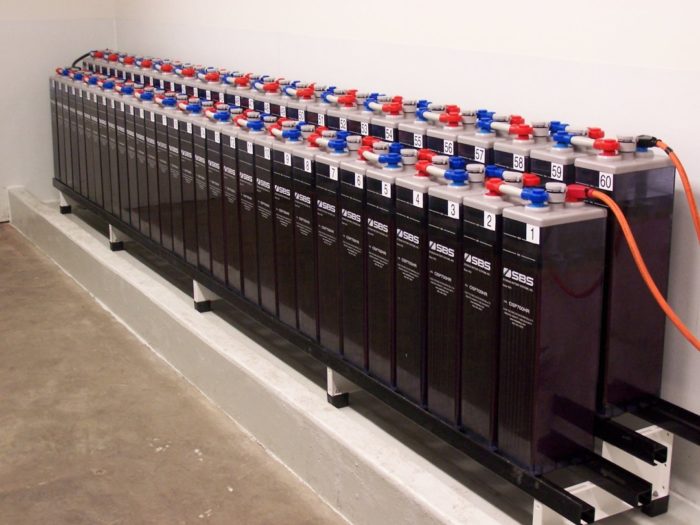
Image Credit: SBS Battery
Is solar electricity cheap or expensive? There are two parallel stories circulating these days. One version of the story — the older of the two — is that electricity from a photovoltaic (PV) array is more expensive than grid power, and that adding batteries makes PV even more expensive.
The newer tale, oft-repeated on GBA, is that PV is cheap and getting cheaper, and that any utility that tries to limit PV installations is doomed to failure — because homeowners who are disgruntled by a PV-hostile utility will choose to install batteries, cutting the cord to the grid.
Cutting the cord, a move called “grid defection,” is a key element of utility executives’ nightmares. The worry is that increasing instances of grid defection will cause utility revenues to drop, precipitating a “death spiral” for utilities.
So, which version is closer to the truth?
In some states, PV electricity is cheap
Here’s my summary: right now, if available tax credits and rebates are taken into account, PV electricity is cheaper than grid power in many areas of the country with generous PV rebates — but only for grid-connected customers.
If tax credits and rebates are ignored, PV electricity may still be cheaper than grid power for grid-connected customers — but only in areas of the country with high electricity rates or favorable net-metering agreements.
In areas of the country where grid power is cheap, rebates are stingy, or utilities don’t offer net metering, PV electricity probably isn’t yet cost-competitive.
In almost every location in the U.S., the cost of electricity produced by a PV system with enough batteries to permit “grid defection” is significantly higher than the cost of grid power.
Do the math
If you want to know whether PV is a good investment, do the math. You can choose to…
Weekly Newsletter
Get building science and energy efficiency advice, plus special offers, in your inbox.

This article is only available to GBA Prime Members
Sign up for a free trial and get instant access to this article as well as GBA’s complete library of premium articles and construction details.
Start Free TrialAlready a member? Log in





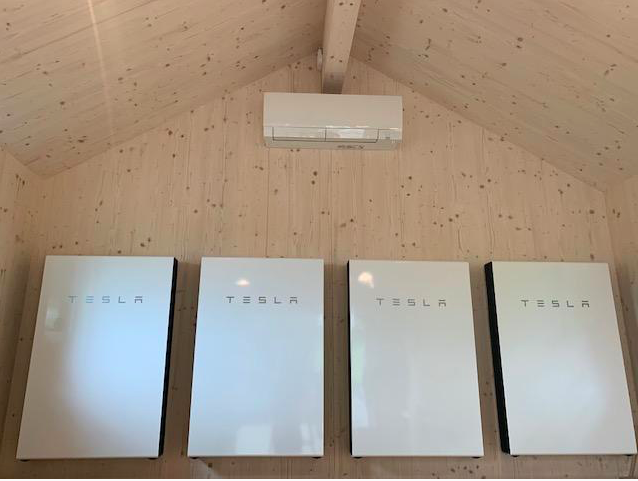
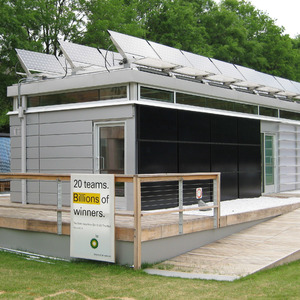
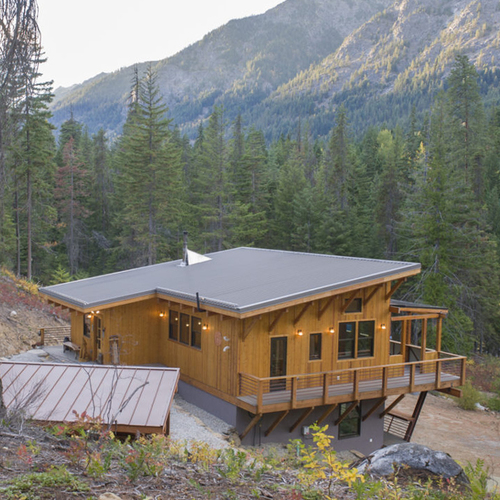
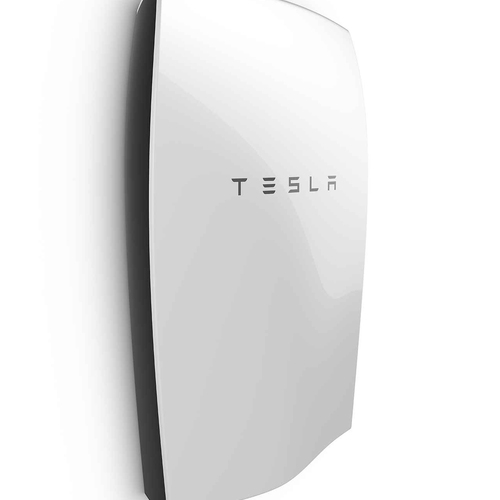






17 Comments
+1 "The Powerwall is a great
"The Powerwall is a great product, except for three problems: it’s undersized, overpriced, and unavailable."
It's a moving target, and the US isn't the target market.
The economics of batteries (on or off grid) are far better in Germany & Australia, particularly Australia, where the economics can sometimes favor whole towns going off the national grid. Australia is becoming the world's test bed for newer battery storage systems both on & off grid, and some are opting for outright grid defection.
http://reneweconomy.com.au/2016/australia-battery-storage-comparison-table-july-update-18213
http://reneweconomy.com.au/2016/a-10-step-guide-to-going-off-grid-from-your-utility-91314
BTW: NV Energy is petitioning the Nevada PUC to retroactively grandfather the existing PV owners for a 25 year period of net metering, and the PUC commissioner who presided over the recent bruhaha has be asked to hit the bricks, and is now going on record with the rationale behind their decision making, in the face of the mounting law suits and referendum petitions:
http://www.utilitydive.com/news/nv-energy-proposes-grandfathering-rooftop-solar-customers/423462/
http://www.utilitydive.com/news/updated-headed-for-the-exits-nevada-puc-commissioner-david-noble-lifts-li/423366/
Load shifting?
Martin,
You talk about needing more lighting in the winter, when PV output is lower. On the other hand, one can potentially set up a freezer or fridge on an unheated porch so it hardly uses power in the cool season. Alternatively, one could have one that is only used in the summer.
Living off the grid is certainly not something that brings extra simplicity to life, but may appeal to folks who have the time and inclination to do the extra fiddling... or enjoy paying attention to and adapting to current conditions.
Response to Dustin Harris
Dustin,
I've spent a lot of time over the years thinking about ways to use the cold temperatures of winter to store food without electricity. I've learned two things: (a) The problem is more complex than it first appears, and (b) Setting up a freezer or a fridge on an unheated porch is not a good solution in Vermont.
In colder locations -- for example, near Fairbanks, Alaska -- it makes sense to store meat in a cache over the winter. You shoot your moose in the late fall, and you put the meat in your cache, and the meat stays frozen until spring. That works.
Here in Vermont, there are two ways to use low temperatures for food storage. The first is one I use all the time: Build a cellar, and don't install any heating appliances in the cellar. My cellar stays the same temperature as my refrigerator from November to mid-May, and I use it all the time to store food that won't fit in the refrigerator. The main problem with a cellar is that it's inconvenient -- there are many steps from the kitchen to the cellar. I've thought of building a dumb-waiter, but I've never done it.
The second way is to harvest ice from a pond and store the ice in an ice house. This method allows you to keep food cold all summer long, in an ice box located in your kitchen. The method works well -- I've never done it, though, because it's a lot of work.
There are many problems with installing a refrigerator or a freezer on an unheated porch. The basic problem is the range of winter temperatures -- from -40°F to +45°F. This range of temperatures is rough on a compressor and not good for the food you are storing. Moreover, if the unheated porch has no walls, you have to deal with drifting snow -- and if you need an ingredient when you're cooking dinner, you would have to put on your coat, hat, and gloves to visit the refrigerator.
What I ended up doing with my 12-volt Sunfrost refrigerator is to install it in an exterior wall, with the compressor and the coils facing the unheated mudroom, and the refrigerator door in the kitchen. That's more convenient than walking to a porch. The mudroom holds a bit of heat escaping from my wood-heated house, so it is usually above 10°F or 20°F -- the compressor doesn't face temperatures as cold as on a porch. And the cold temperatures of the mudroom help the compressor dissipate heat quickly, lowering my electricity usage somewhat. Moreover, the sides and top of my refrigerator are in the cool mudroom, not my hot kitchen, so the refrigerator "box" stays cooler even during a power outage. (By the way, I don't have power outages, because I make my own electricity.)
Of course, that means that I don't benefit from the refrigerator heat -- the refrigerator doesn't contribute to space heating of my house. But in effect, the refrigerator heats my mudroom a little, which is probably a good thing.
One more point: installing my refrigerator this way helps keep my house cooler during the summer, since the compressor doesn't shed the refrigerator heat into my kitchen.
You hardy New Englanders are
You hardy New Englanders are something else. ;-) Down south we starting complaining about the cold when the temperature drops into the 50s.
In defense of the Powerwall
The points made in this article about the cost and limitations of the Powerwall are accurate. However, this technology's intended purpose is not for off-grid homes. What it actually does is shift energy demand away from the utility during peak usage hours and provide short term emergency storage.
Instead of thinking of the Powerwall as an expensive and unrealistic option for an off-grid home, think of it as a battery solution that allows some backup storage while remaining connected to the grid. The potential for this application is incredible if you understand the role it's trying to fill and how reducing peak demand could greatly aid in the long term adoption and stability of distributed solar.
Their website is also suggests that it's purpose is to supplement and shift energy, not to take homes off-grid - https://www.tesla.com/powerwall
Response to Advisor Populus
A.P.,
My article made the same point. I predicted that when Powerwall batteries drop in price and become more available (for the time being, availability is very limited), "these residential batteries ... will be used for load-shifting — that is, for reducing the use of grid electricity during peak hours."
If your local utility offers time-of-use billing and allows you to charge batteries cheaply and night and sell the power back to the utility during peak hours, you don't have to wait for Tesla to manufacture enough Powerwall batteries. You could do it right now, with lead acid batteries that cost half the price of a Powerwall for the same capacity.
Newer battery technologies
Martin,
Thank you for this article; very timely, as we are just about ready to make the investment for a grid-tied 5kW solar array and small battery backup system.
I would be interested in your thoughts on two battery technologies available now but not mentioned in the article.
"Saltwater" batteries sold under the Aquion name purport to offer 3000 cycles at 100% depth of discharge, and many more if the owner can make do with a shallower DOD. They are made from non- (or perhaps less-) toxic materials are appear to be cost-competitive if lifespan is taken into account. Their only drawbacks: low wattage output (677 W per 2.1kW battery) and thermal sensitivity (the electrolyte can freeze below 23F). In my own research, I initially wrote these off due to cost. After reading your article and doing other research, I think their lifespan potential may make them cost-competitive, they appear to be much less prone to destruction by over- or under-charging, and they present no risk of a caustic chemical spill in the basement.
NiFe batteries, also called "Edison" batteries are sold by a company called Iron Edison. This old technology is expensive and has a high self-discharge rate, but their lifespan is said to be measured in decades and they are capable of high rates and depths of discharge without adverse effect. Their high-self-discharge takes them out of the running for our battery backup application, but their lifespan (on par with the panels themselves) again makes it look like their cost might be justified.
Response to Brian Bailey
Brian,
I've heard of the Edison batteries -- similar reports to the one you just made. I have no direct experience with them. After weighing the purported advantages of the Edison batteries with their disadvantages, the vast majority of battery purchasers choose conventional flooded lead-acid cells. This includes batteries for industrial applications (forklifts, standby power, emergency power) purchased by large corporations who do their homework. Flooded lead-acid batteries are tried and true -- definitely the best bang for the buck.
I've never heard of Aquion saltwater batteries, so I won't comment on them, except to say that I've learned over the years that it doesn't pay to be an early adopter or a guinea pig.
Brian. Did you see this
Brian. Did you see this review of different off-grid/solar battery solutions? http://www.cleanenergyreviews.info/blog/2015/11/19/complete-battery-storage-comparison-and-review
Response to Martin and Steve
Martin,
Indeed, Occam's Razor would seem to apply to off-grid batteries as with most other things - the solution requiring the fewest assumptions is usually the right one.
One follow-up question regarding FLA batteries. I gather these batteries (really, all batteries) prefer to live inside the thermal envelope for optimum performance (read: minimum cost). I also understand that unsealed batteries discharge gasses that one would rather not have floating around in the indoor atmosphere. How do you resolve this tension? Store batteries outside, temperatures notwithstanding? Vent the indoor enclosure to the outside?
Steve,
Thanks for the link - very interesting. Great to see so much innovation in this important technical space. To Martin's point, my research of our own solar system identifies battery technology as the weak link in more widespread solar/wind adoption at the homeowner level.
If you have the space, maximize your PV...
Given the expense and drawbacks of batteries and the problems with cloudy days, it might be cheaper for folks to oversize their PV systems so that they have enough power, even on cloudy winter days. For the price of a single Powerwall, one can add quite a bit of set-and-forget PV. I've increased the size of my system by 133% and it has made a huge difference in how much a series of dark, cloudy days affects me.
This does require more space, however....
Response to Skip Harris
Skip,
You are absolutely right that the dropping price of PV has changed rules of thumb for the best ratio of PV to batteries. Like you, I have increased the size of my PV array, and it's made a huge difference in generator run time.
That said, a cloudy winter day in Santa Cruz, California (for example) is different from a cloudy winter day in northern Vermont. When the sun is barely above the horizon at noon -- when the sun rises at 8:00 am and sets at 4:00 pm -- and the clouds are thick, doubling the size of one's PV array doesn't do much. A cloudy winter day in northern Vermont is very dark indeed.
Two times zero is zero.
Aquion Energy voluntarily filed for bankruptcy in March 2017
Aquion Energy voluntarily filed for bankruptcy in March 2017, most likely due to the huge competion and price reductions from lithium battery manufacturers such as LG & Tesla. (per the linked article: http://www.cleanenergyreviews.info/blog/2015/11/19/complete-battery-storage-comparison-and-review)
Response to Ethan T
Ethan,
Thanks for the information. I guess that means that I don't have to get up to speed on the advantages and disadvantages of Aquion batteries -- a product I had never heard of before the company was mentioned by Brian Bailey. (One less item of homework to worry about...)
(Hopefully) wondering if you think it's time to revisit this article relevant to lithium batteries. My local installer, who has always spurned anything other than flooded lead acid cells has begun installing lithium banks. Though he still belives their price needs to come down to make them truly competitive with lead acid, he's done a few installations with customer's interest in being test samples. He's reported advantages as their ability to discharge completely and charge back up with much higher input throughout the total charge time than lead acid, which are more finicky during charging process. I installed my second bank (trojan re batteries) around 7 years ago and am seeing a the signs of a need for replacement in the not too distant future. Love the idea of a deeper discharge and faster charge without damage to the cells. Thanks, Daniel
Daniel,
I welcome reports from readers. However, to the best of my knowledge, lithium batteries remain much more expensive than lead acid batteries per useful kWh of stored electricity. Lithium batteries may have advantages, but at their current price point, they aren't really attractive to most off-grid homeowners. They are currently a niche product for wealthy suburbanites.
Log in or become a member to post a comment.
Sign up Log in